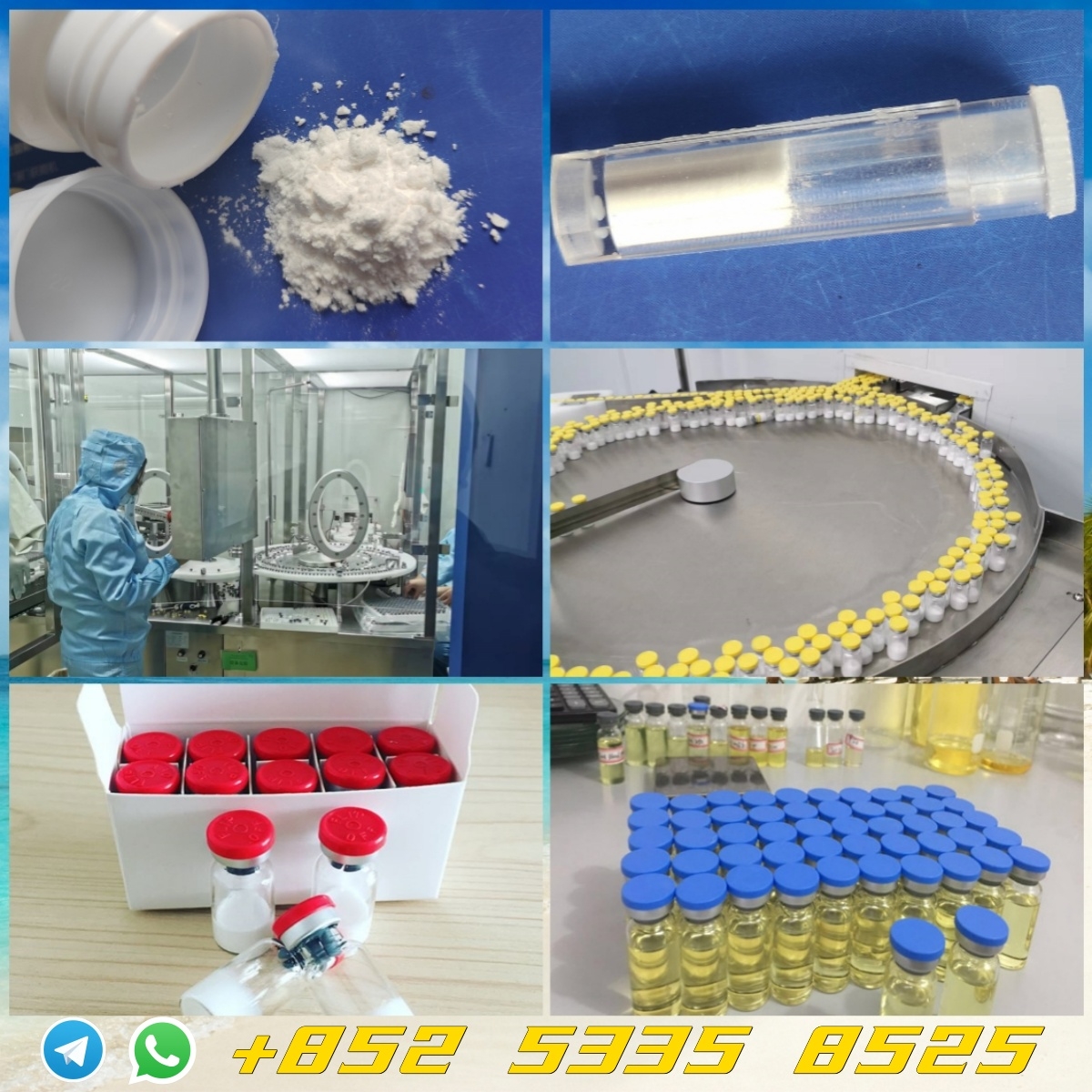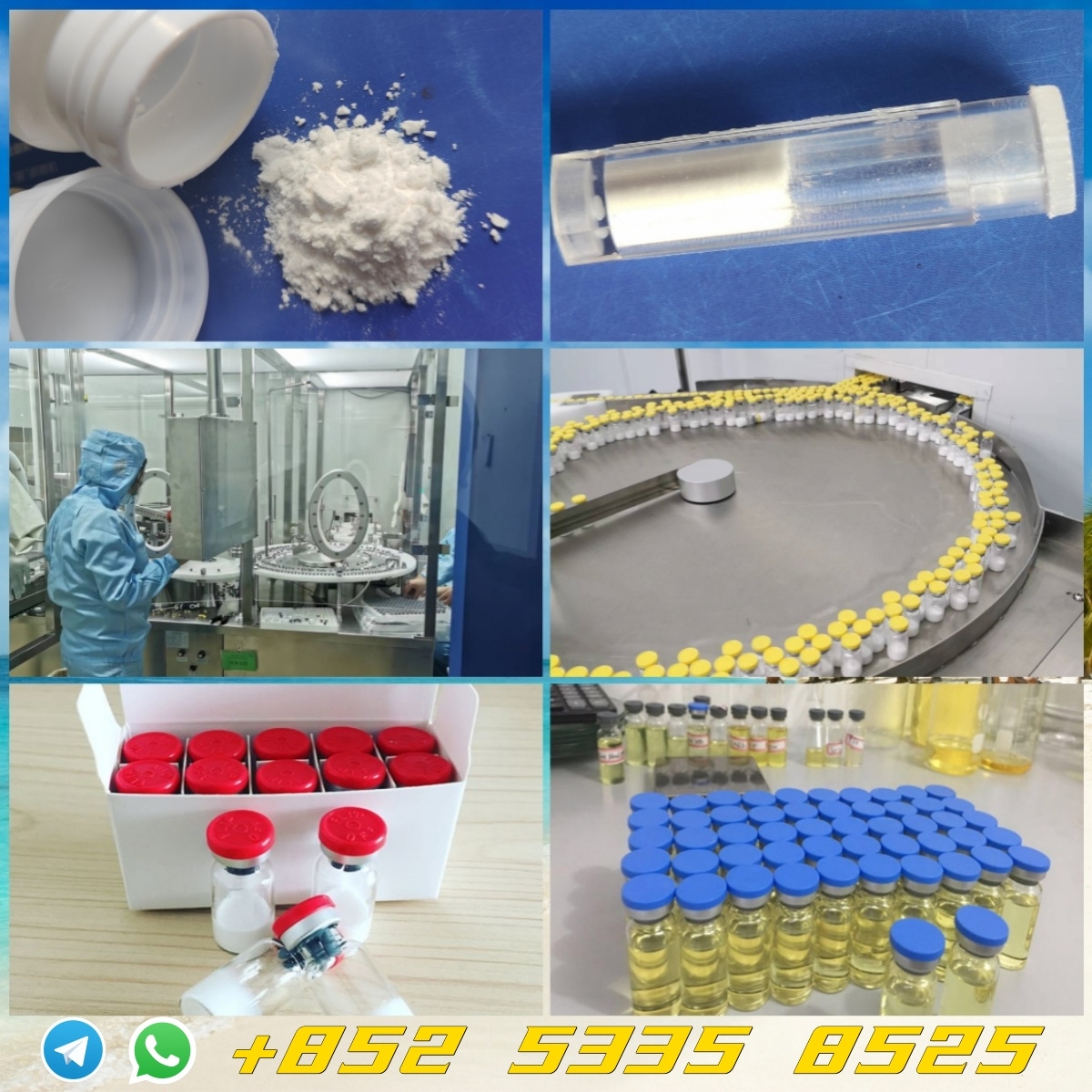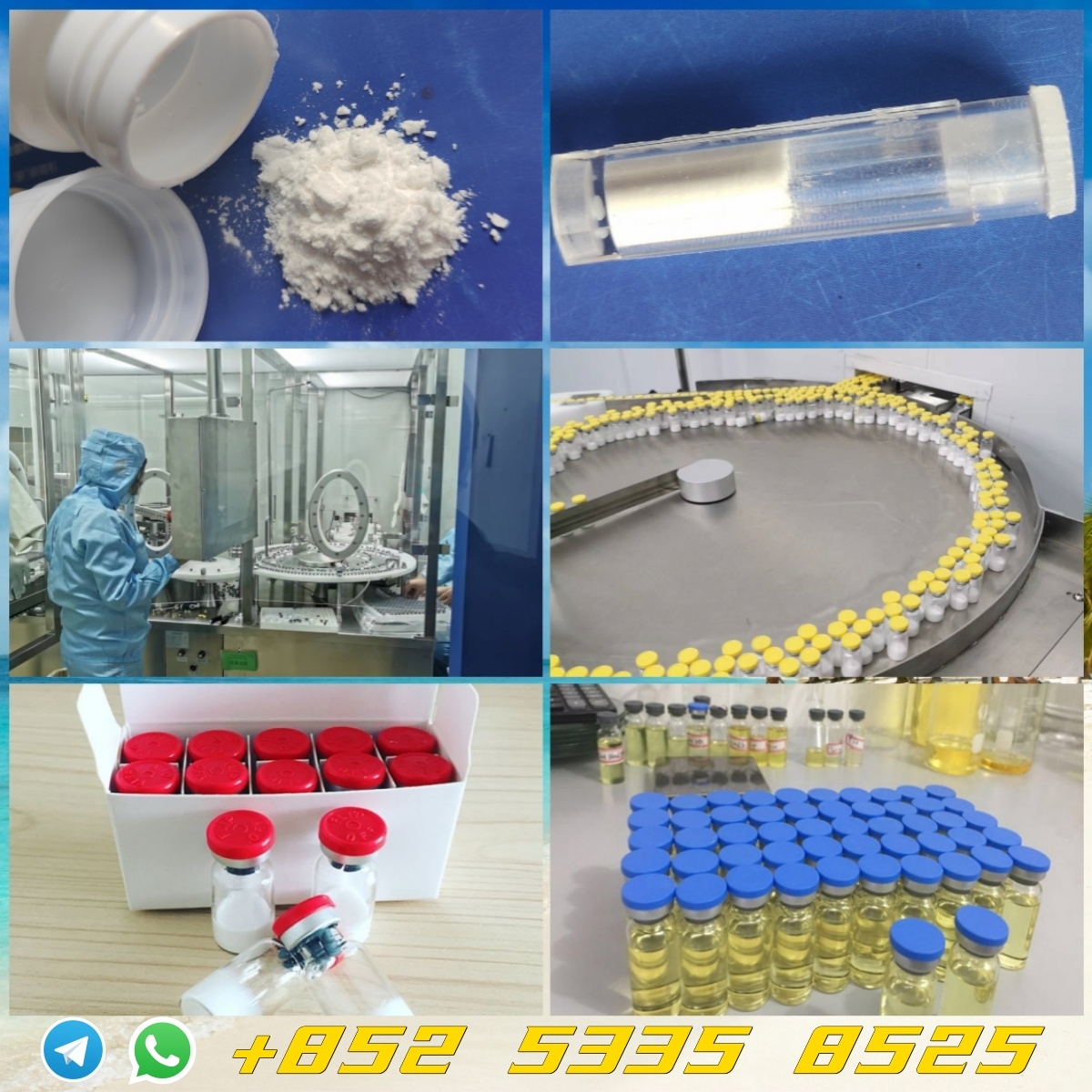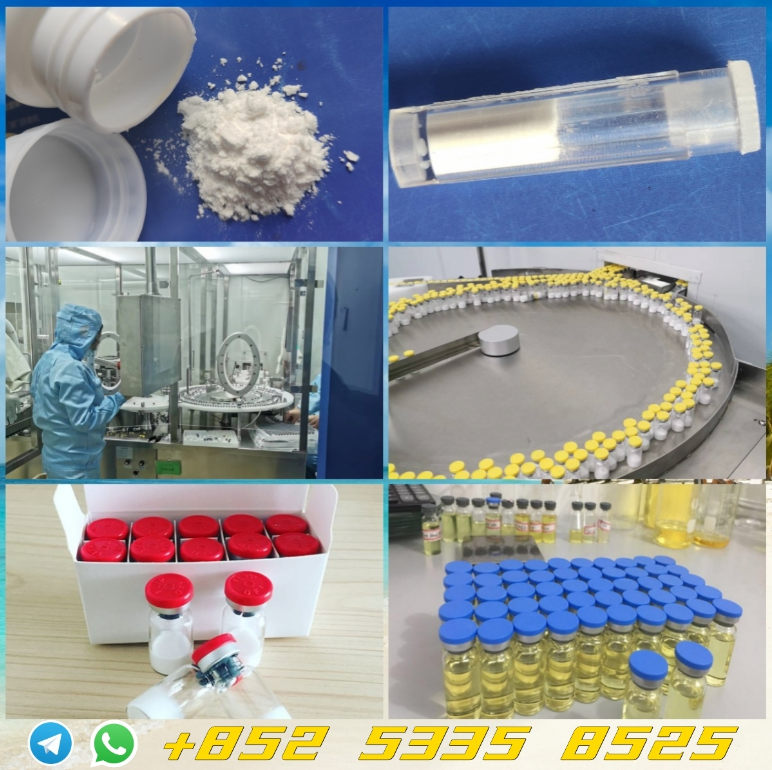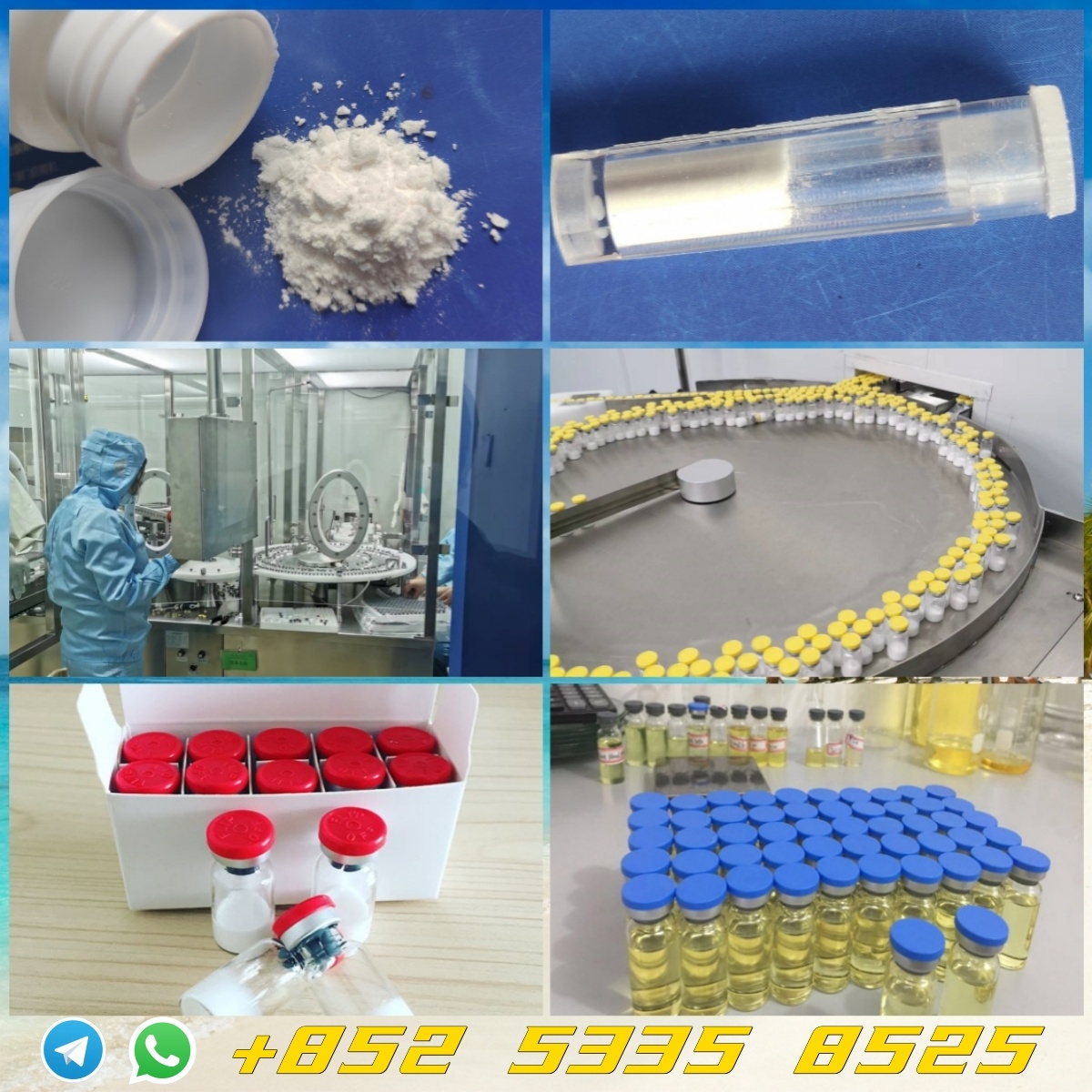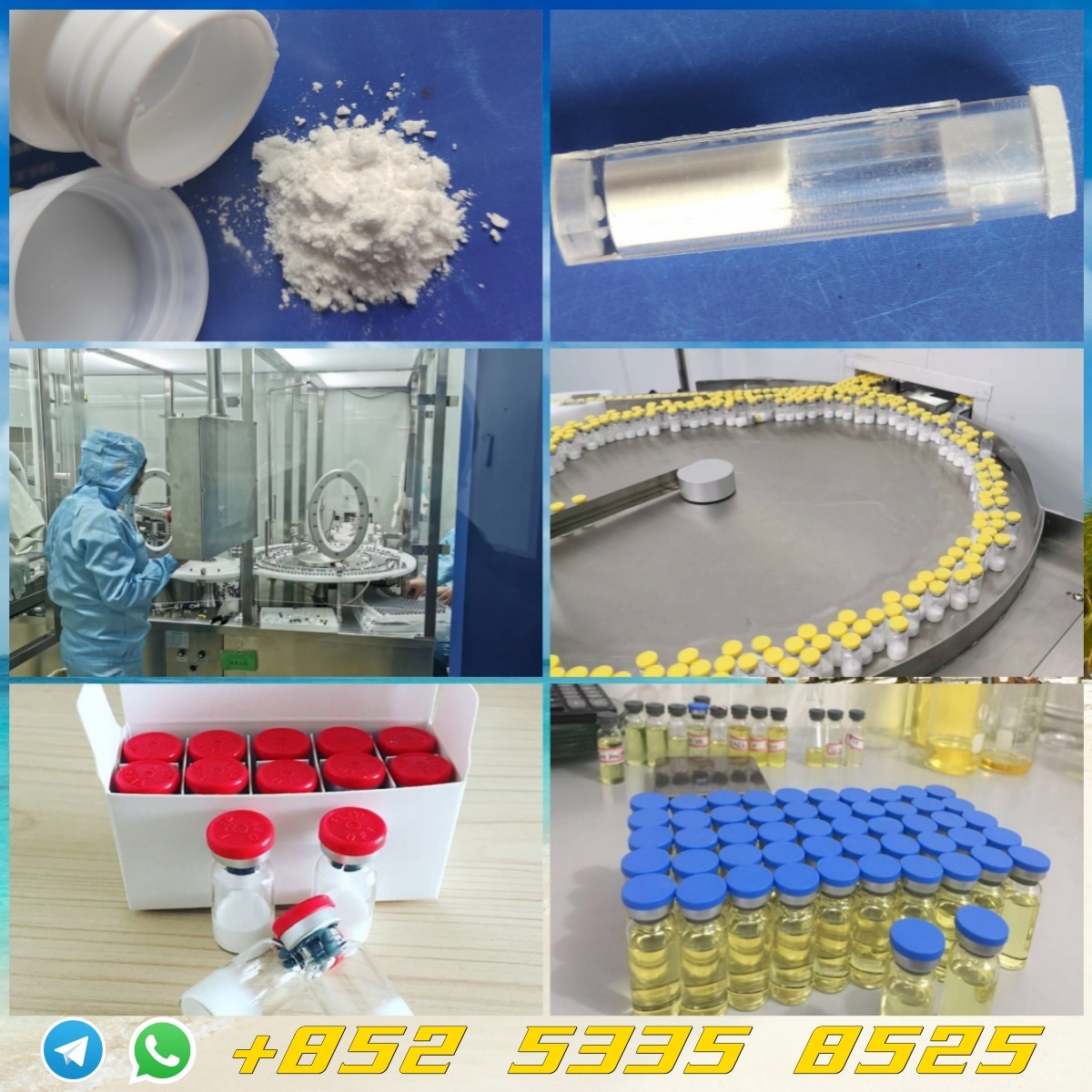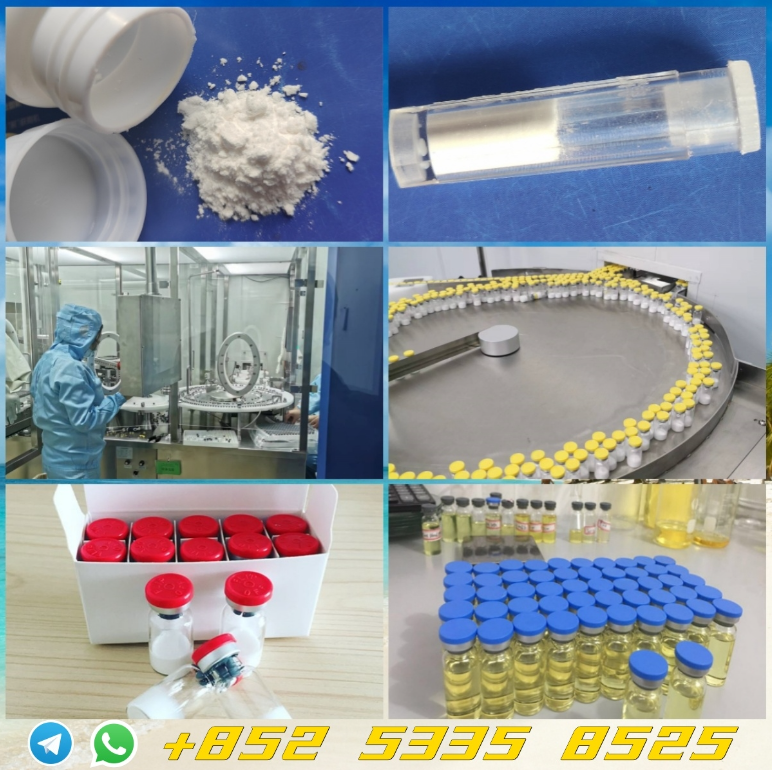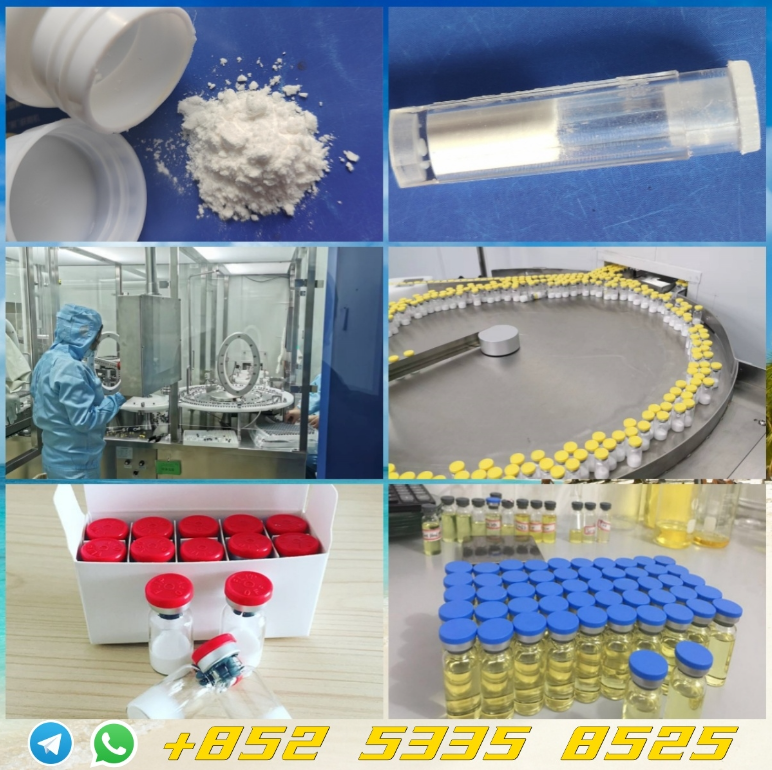Chinese Factory Supply 16960-16-0, Buy Tetracosactide Lowest Price
- Molecular Formula:C136H210N40O31S
- Molecular Weight:2933.46
- Refractive Index:1.681
- PSA:1184.02000
- Density:1.476 g/cm3
- LogP:6.74150
Cosyntropin(Cas 16960-16-0) Usage
|
Description
|
Cosyntropin, also known as Cortrosyn, is a synthetic derivative of adrenocorticotropic hormone (ACTH) used in the evaluation and diagnosis of patients with adrenocortical insufficiency. It is a man-made portion of a natural substance produced by the body, ACTH, and is available in generic form.
|
|
Chemical Properties
|
White or yellow, amorphous powder.
|
|
Uses
|
Cosyntropin is administered via intramuscular injection or direct intravenous injection as part of a medical test called an ACTH stimulation test. This test assesses adrenal gland function by measuring the adrenal response to ACTH stimulation. Additionally, cosyntropin may be given as an intravenous infusion over several hours to provide a more robust stimulus to the adrenal glands.
As a synthetic peptide consisting of the first 24 amino acids of corticotropin, cosyntropin offers advantages over naturally occurring hormone in terms of longer duration of action and lacking the antigenic portion of corticotropin. While the short cosyntropin test is a recognized screening test for assessing adrenocortical insufficiency, other tests such as the overnight metyrapone test or insulin hypoglycemia test may be more sensitive in certain cases.
|
| Clinic uses |
Cosyntropin plays a vital role in diagnosing adrenal gland problems including Addison's disease, insufficiency due to corticosteroid use, and pituitary tumors, thus aiding in the evaluation and management of patients with adrenocortical insufficiency. |
InChI:InChI=1/C136H210N40O31S/c1-75(2)109(127(200)154-71-106(181)156-88(31-13-17-52-137)114(187)158-89(32-14-18-53-138)115(188)159-91(35-21-56-149-134(142)143)116(189)164-96(37-23-58-151-136(146)147)131(204)175-60-25-39-104(175)126(199)173-111(77(5)6)128(201)163-90(33-15-19-54-139)120(193)171-110(76(3)4)129(202)169-101(65-80-43-47-84(180)48-44-80)132(205)176-61-26-40-105(176)133(206)207)172-125(198)103-38-24-59-174(103)130(203)95(34-16-20-55-140)157-107(182)70-153-113(186)99(66-81-68-152-87-30-12-11-29-85(81)87)167-117(190)92(36-22-57-150-135(144)145)160-121(194)98(63-78-27-9-8-10-28-78)166-123(196)100(67-82-69-148-74-155-82)168-118(191)93(49-50-108(183)184)161-119(192)94(51-62-208-7)162-124(197)102(73-178)170-122(195)97(165-112(185)86(141)72-177)64-79-41-45-83(179)46-42-79/h8-12,27-30,41-48,68-69,74-77,86,88-105,109-111,152,177-180H,13-26,31-40,49-67,70-73,137-141H2,1-7H3,(H,148,155)(H,153,186)(H,154,200)(H,156,181)(H,157,182)(H,158,187)(H,159,188)(H,160,194)(H,161,192)(H,162,197)(H,163,201)(H,164,189)(H,165,185)(
16960-16-0 Relevant articles
Diagnosing Adrenal Insufficiency: Which Test is Best—The 1-μG or the 250-μG Cosyntropin Stimulation Test?
Michael Magnotti MD 1, Mona Shimshi MD, FACE 2
, Endocrine Practice Volume 14, Issue 2, March 2008, Pages 233-238
Available diagnostic studies include the insulin tolerance test (ITT), the cosyntropin stimulation test (CST) with use of 1 μg or 250 μg of cosyntropin, and the metyrapone test (which is no longer available in the United States). The current “gold standard” test is the ITT, but it can be difficult to perform and
The Short Cosyntropin Test Revisited: New Normal Reference Range Using LC-MS/MS
Grethe Å Ueland, Paal Methlie, Marianne Øksnes, Hrafnkell B Thordarson, Jørn Sagen, Ralf Kellmann, Gunnar Mellgren, Maria Ræder, Per Dahlqvist, Sandra R Dahl, Per M Thorsby, Kristian Løvås, Eystein S Husebye
, The Journal of Clinical Endocrinology & Metabolism, Volume 103, Issue 4, April 2018, Pages 1696–1703
LC-MS/MS provides cutoff levels for cortisol and 17-OHP after cosyntropin stimulation that are lower than those based on immunoassays, possibly because cross-reactivity between steroid intermediates and cortisol is eliminated. This reduces the number of false-positive tests for AI and false-negative tests for NCCAH.
 +852 53358525
+852 53358525 +852 61915425
+852 61915425 niki@healthtide-api.com
niki@healthtide-api.com English
English English
Japanese
Russian
Korean
गोंगेन हें नांव
Deutsch
Corsu
Guarani
Hausa
Cymraeg
Nederlands
Aymara
Français
Kreyòl ayisyen
čeština
ʻŌlelo Hawaiʻi
डोग्रिड ने दी
ภาษาไทย
հայերեն
فارسی
Hmoob
ދިވެހި
भोजपुरी
繁體中文
Türkçe
हिंदी
беларускі
български
tur
Gaeilge
ગુજરાતી
Magyar
Eesti keel
بالعربية
বাংলা
Azərbaycan
Português
Suid-Afrikaanse Dutch taal
کوردی-سۆرانی
Ελληνικά
español
Frysk
dansk
አማርኛ
Bamanankan
euskara
Italiano
Tiếng Việt
অসমীয়া
català
Suomalainen
Eʋegbe
Hrvatski
Cebuano
Gàidhlig na h-Alba
bosanski
galego
English
Japanese
Russian
Korean
गोंगेन हें नांव
Deutsch
Corsu
Guarani
Hausa
Cymraeg
Nederlands
Aymara
Français
Kreyòl ayisyen
čeština
ʻŌlelo Hawaiʻi
डोग्रिड ने दी
ภาษาไทย
հայերեն
فارسی
Hmoob
ދިވެހި
भोजपुरी
繁體中文
Türkçe
हिंदी
беларускі
български
tur
Gaeilge
ગુજરાતી
Magyar
Eesti keel
بالعربية
বাংলা
Azərbaycan
Português
Suid-Afrikaanse Dutch taal
کوردی-سۆرانی
Ελληνικά
español
Frysk
dansk
አማርኛ
Bamanankan
euskara
Italiano
Tiếng Việt
অসমীয়া
català
Suomalainen
Eʋegbe
Hrvatski
Cebuano
Gàidhlig na h-Alba
bosanski
galego

